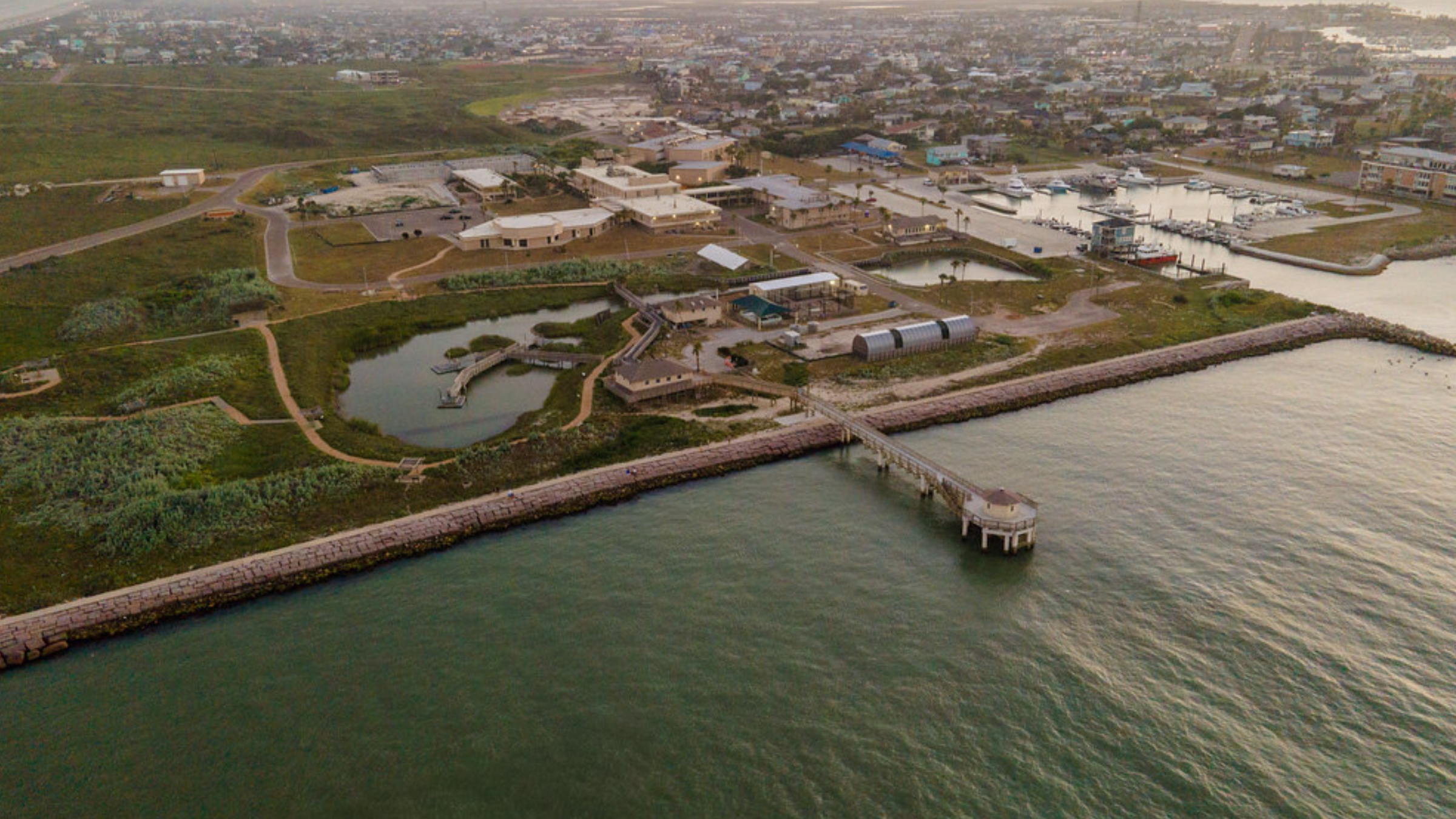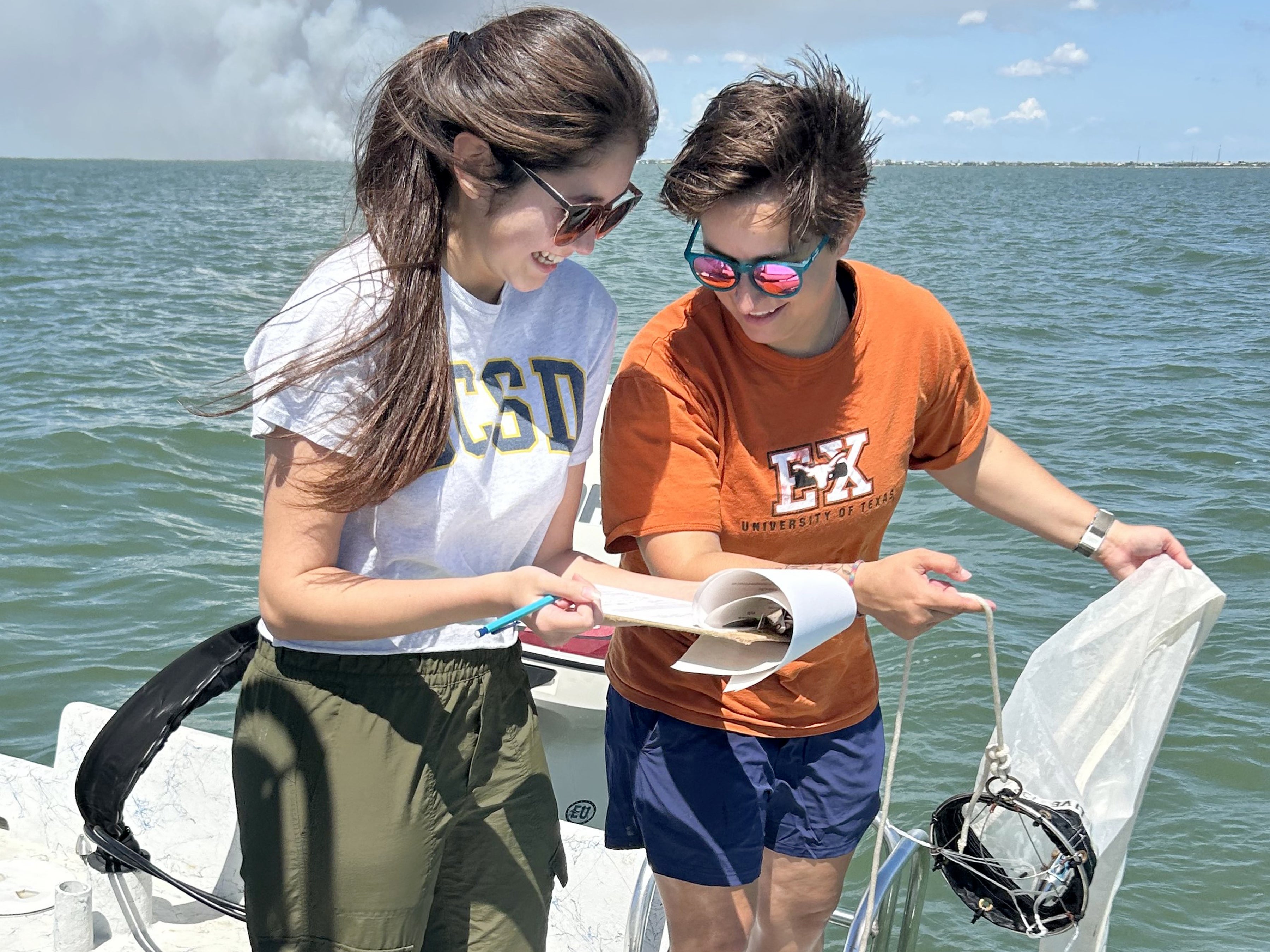Saving the Last Rookery Island in Aransas Bay
NOAA awarded $4M to restore Deadman Island in Aransas Bay, vital for colonial waterbirds and local nature tourism.

Not many people pay attention to the small islands in our bay systems. They're too small and too low in elevation for people, but they are what colonial waterbirds call home and where they raise their young. These rookery islands are rapidly shrinking due to erosion from storms, increased vessel traffic and rising sea levels. In particular, in the Aransas Bay system, there is only one viable island for colonial waterbirds left, known as Deadman Island – partly as a result of massive erosion caused by Hurricane Harvey in 2017.
The National Oceanic and Atmospheric Administration just announced today, April 22, 2023, they are awarding four million dollars for the protection and restoration of a rookery island in Aransas Bay. The University of Texas Marine Science Institute and its Mission-Aransas National Estuarine Research Reserve (Reserve) will partner with the Coastal Bend Bays & Estuaries Program to use the four million dollars to protect and restore a rookery island and Deadman Island is the most viable candidate. “The support is essential,” said Katie Swanson, Stewardship Coordinator of the Mission-Aransas Reserve and lead investigator. “Many colonial water bird populations in our bay system have declined 60-70% and restoring Deadman Island will go a long way to ensure the populations have a chance to recover.”
Funds will be used to develop the final designs for the project, but the team anticipates constructing breakwaters and adding fill to increase the footprint and elevation of the Island. Significant project support will be provided by the Coastal Bend Bays & Estuaries Program who will oversee the construction and monitor the bird populations to help determine and track the success. “We’re very pleased to be a part of the project and protect one of the last remaining nesting sites in Aransas Bay,” said Dr. Kiersten Stanzel, director of CBBEP. “Islands like Deadman aren’t just important for the birds; they also support our local economy. Communities on the coast of Texas heavily rely on nature tourism, and in the cities of Rockport, Fulton, Aransas Pass and Port Aransas, that often means birding,” Stanzel said. “Restoration of Deadman Island will help ensure that birds like Terns and Black Skimmers have a place to nest and are here to stay.”
Deadman Island is in the center of Aransas Bay and sits in between the Rockport/Fulton and San Jose Island. The Island is a part of the historical Long Reef, which was an actively fished reef for oysters until it became degraded due to overfishing, erosion, and reduction of spat larval settlement. Construction is anticipated to begin in 2024 and be complete in 2027. Construction will take into account nesting seasons to reduce detrimental impacts, and the project will also include monitoring of bird populations throughout the project and beyond to better its success rate. An added bonus of restoration of this island is that the breakwater will likely support the formation of oyster reefs by decreasing wave action on its leeward side to support oyster spat settlement. “The protection and restoration of this essential rookery island will go a long way in keeping the Coastal Bend a region known for healthy natural habitats that support our nature tourism,” said Katie Swanson.



